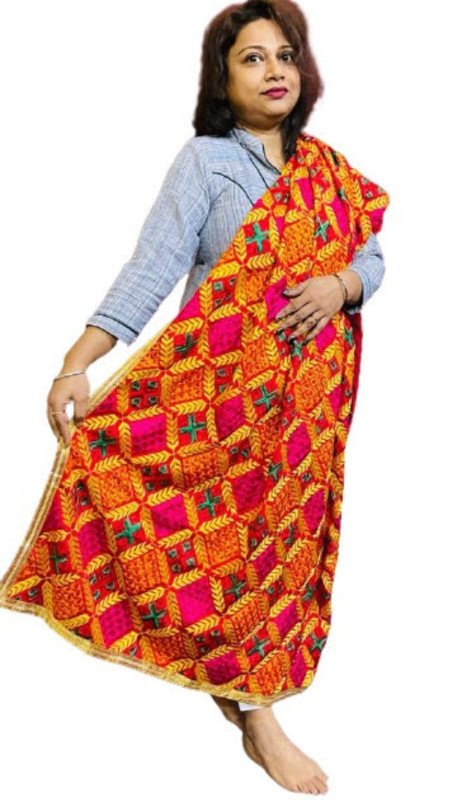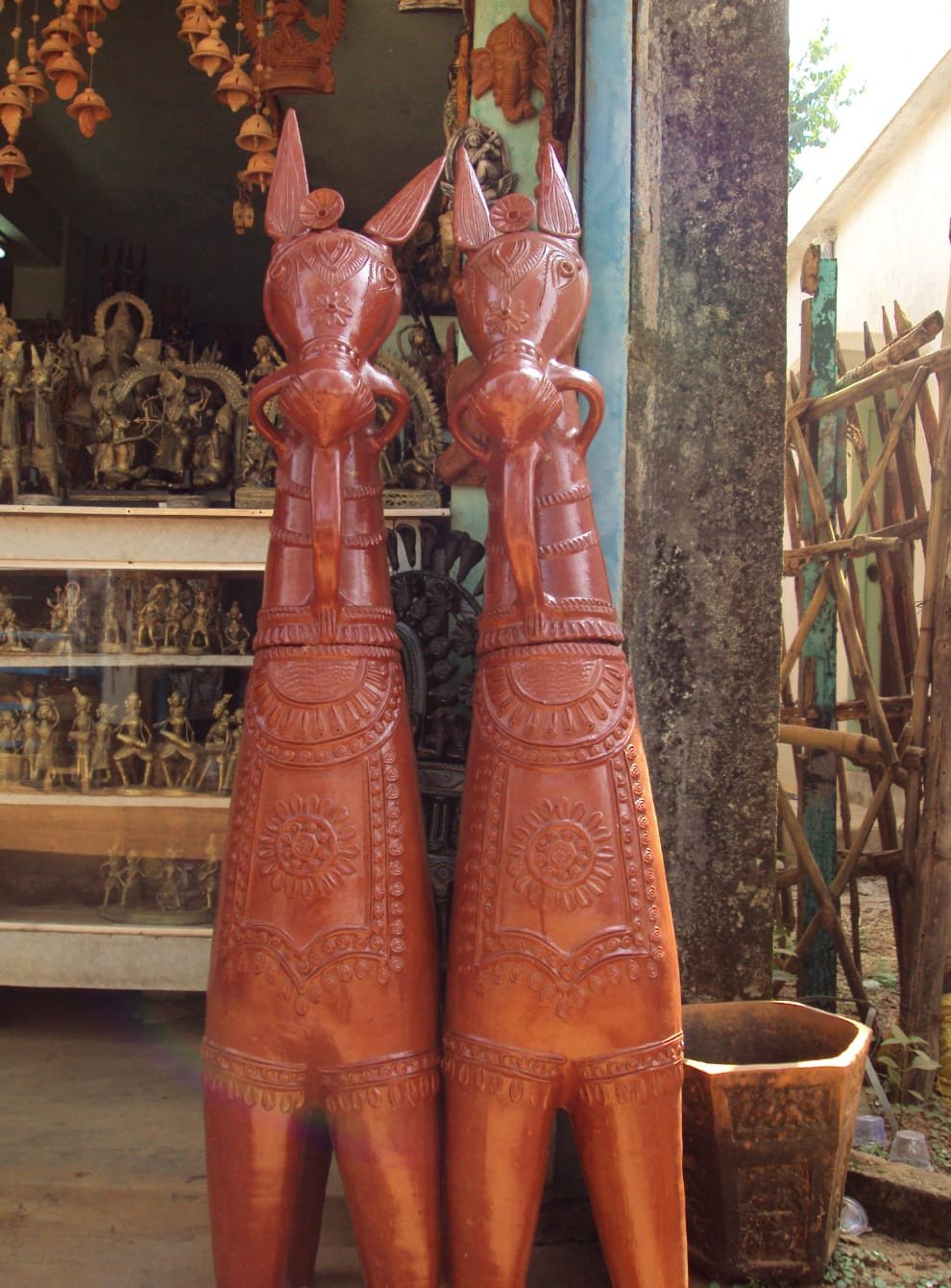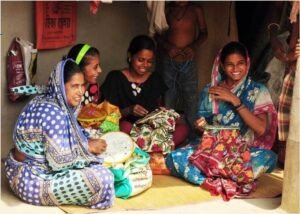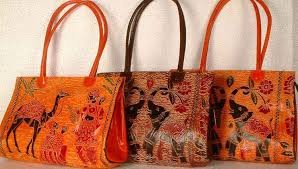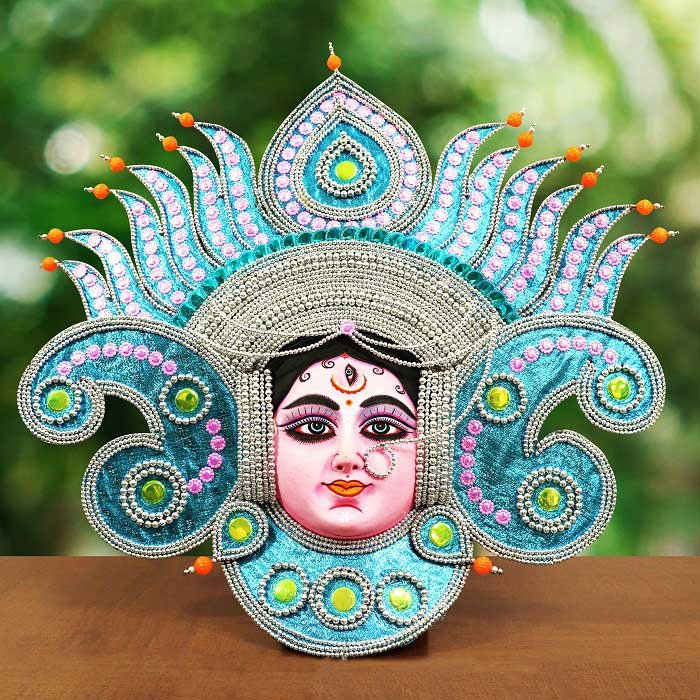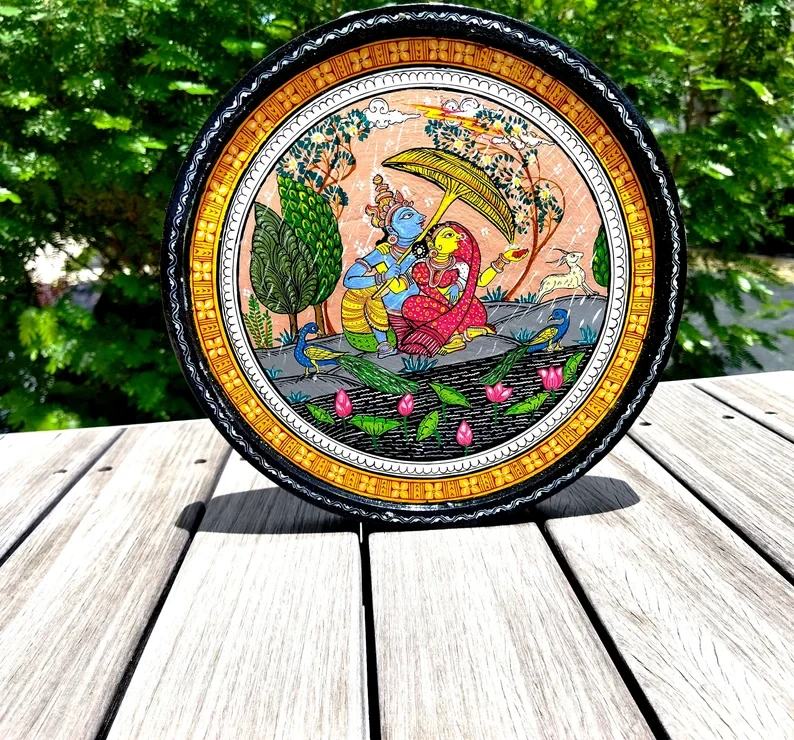

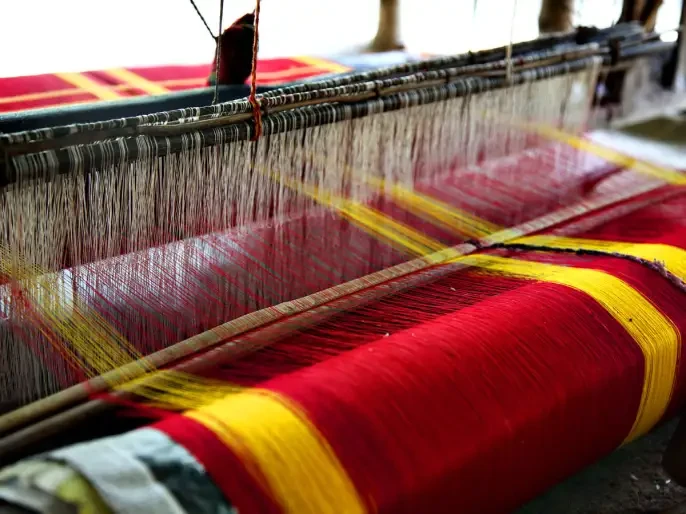







-
$1,500.00
-
$1,000.00
-
$150.00
-
$100.00
-
$100.00
-
$250.00
Reviews & Ratings
Baluchari sarees are exquisite handwoven silk sarees from West Bengal, India, renowned for their intricate designs and rich cultural heritage. Originating from the village of Baluchar (now Jiaganj in Murshidabad district), these sarees are a testament to Bengal’s weaving traditions, dating back to the 18th century under the patronage of Nawab Murshid Quli Khan.
Key Features:
- Material: Made from fine silk, Baluchari sarees are known for their smooth texture and lustrous sheen.
- Designs: The hallmark of Baluchari sarees is their elaborate pallu (end piece) and border, featuring detailed narrative scenes woven with colored threads. Common motifs include mythological stories from the Ramayana, Mahabharata, or Puranas, depicting characters like Krishna, Radha, or scenes from royal courts. Modern designs may include floral patterns or contemporary themes.
- Weaving Technique: Created using the traditional jacquard loom, the intricate patterns are woven (not printed or embroidered) with contrasting silk threads, giving a tapestry-like effect. The process is labor-intensive, often taking weeks to complete a single saree.
- Colors: Vibrant and rich hues like red, green, blue, and mustard are common, with gold or silver zari (metallic thread) used for accents to enhance the designs.
- Structure: The sarees typically feature a wide pallu with large, detailed panels and a border with repeating motifs. The main body may have smaller, scattered designs (buti) or remain plain to highlight the pallu.
Cultural Significance:
Baluchari sarees are considered a symbol of elegance and are often worn for special occasions, weddings, and festivals. They reflect Bengal’s artistic and storytelling traditions, with each saree narrating a visual tale through its motifs. Historically, they were favored by the aristocracy, and today, they are cherished as heirlooms.
Frequently Bought Products
-
$1,500.00
-
$1,000.00
-
$150.00
-
$100.00
-
$100.00
-
$250.00

